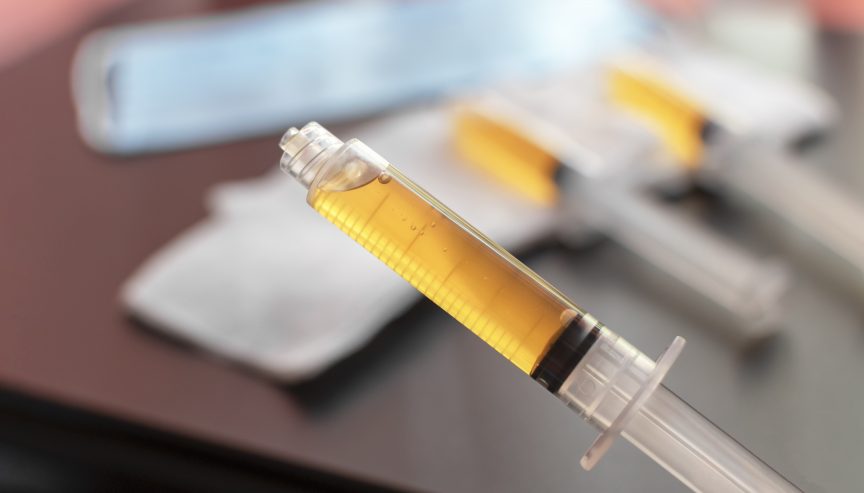Obstructive sleep apnea (OSA) is a chronic, heterogeneous and multicomponent disorder with associated cardiovascular and metabolic alterations. Despite being the most common sleep-disordered breathing, it remains a significantly undiagnosed condition.
We examined the plasma metabolome and lipidome of patients with suspected OSA, aiming to identify potential diagnosis biomarkers and to provide insights into the pathophysiological mechanisms underlying the disease. Additionally, we evaluated the impact of continuous positive airway pressure (CPAP) treatment on the circulating metabolomic and lipidomic profile.
Observational-prospective-longitudinal study including 206 consecutive subjects referred to the sleep unit. OSA was defined as an apnea-hypopnoea index ≥ 15 events/h after polysomnography (PSG). Patients treated with CPAP were followed-up for 6 months. Untargeted plasma metabolomic and lipidomic profiling was performed using liquid chromatography coulpled to massspectrometry.
A plasma profile composed of 33 metabolites (mainly glycerophospholipids and bile acids) was identified in OSA vs. non-OSA patients. This profile correlated with specific PSG measures of OSA severity related to sleep fragmentation and hypoxemia. Machine learning analyses disclosed a 4-metabolites-signature that provided an accuracy (95% CI) of 0.98 (0.95-0.99) for OSA detection. CPAP treatment was associated with changes in 5 plasma metabolites previously altered by OSA.
This analysis of the circulating metabolome and lipidome reveals a molecular fingerprint of OSA, which was modulated after effective CPAP treatment. Our results suggest blood-based biomarker candidates with potential application in the personalized management of OSA and suggest the activation of adaptive mechanisms in response to OSA-derived hypoxia.

